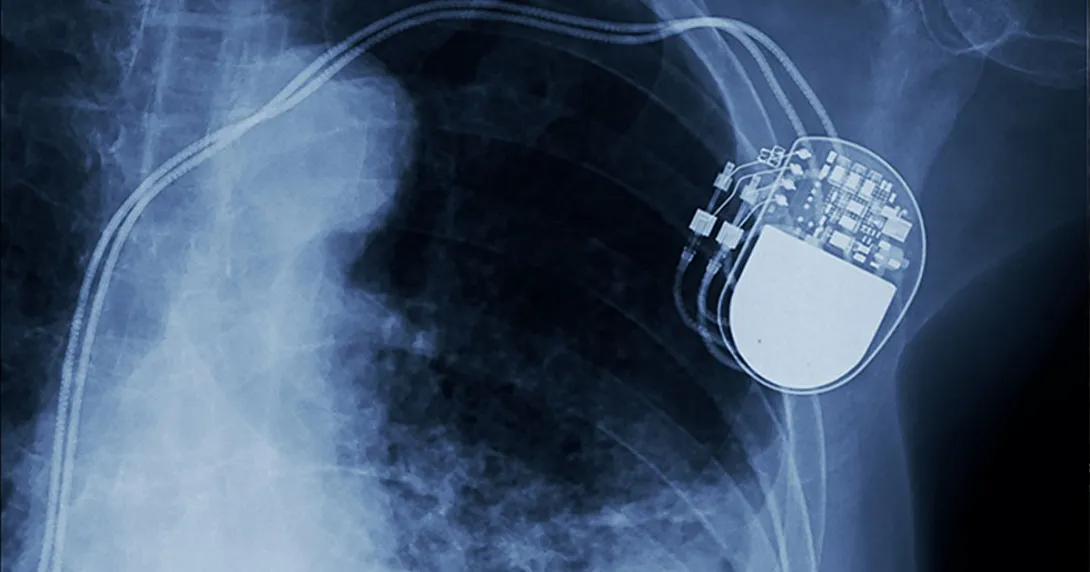The demand for new and more advanced IT systems has never been greater.
There is an internal push for sophisticated applications with decision support capabilities to support operational and care delivery improvements. The push is also external as IT is a requirement under the newly enacted American Recovery and Reinvestment Act of 2009 (ARRA) for hospitals to receive substantial financial benefits and eventually avoid financial disincentives.
However the current economic recession has not only significantly reduced funding needed to support IT for these new projects, it has required some organizations to cut current operating budgets.
Managing information technology on an extremely tight budget with no option for failure demands a new approach to governance – one that is agile, with leadership intensively involved at all levels of the organization and processes that are effective and motivate the right performance.
As IT has evolved from departmental applications to more enterprise-wide systems that play a strategic role in business operations and care delivery, its steering committee members need to similarly change to include those responsible for enterprise-wide decisions, namely senior management
Some hospitals have taken the next step by eliminating the IT steering committee, using the executive committee as the leading IT governance body.
However, changing IT governance membership is not enough. The group that actually steers IT makes the best decisions when the following are in place:
- Committee has a small number of members. The committee should include business and care delivery senior leadership with a limited number of members – fewer than 15, if possible nine. Preferably it is chaired by the organization’s operational leader (CEO or COO).
- Committee meets often and conducts business openly. There is a “healthy tension” during discussions, with no hidden agendas or pet projects. Everyone and every project are held to the same level of scrutiny and members speak freely and issues and risks.
- Committee uses standardized, well-crafted tools that promote common, consistent language, ease of understanding, and facilitates decision-making.
- Request for decisions are timely based on an agreed-upon process and take an enterprise view.
- Support structure for IT governance is a necessity. Governing IT requires assistance from a PMO or similar function that supports the following work tasks:
- Prepares and circulates meeting materials;
- Manages standard documentation templates;
- Provides request process level support to departments;
- Manages requests and communicates status;
- Tracks IT budget and project status; and
- Helps to communicate IT governance processes and policies to the organization.
Effective IT governance tightly aligns technology decisions with a hospital’s strategies, objectives and operational plans to maximize overall value. For example, one medical center with a culture of using IT to improve operations has not had an IT steering committee for more than 15 years. Outside of infrastructure, there are no IT-only projects. Care and business initiatives are documented by the sponsor in a business case that always includes IT and describes the combined people, process and technology changes and benefits.
Fran Turisco is a principal researcher in Emerging Practices for CSC.


